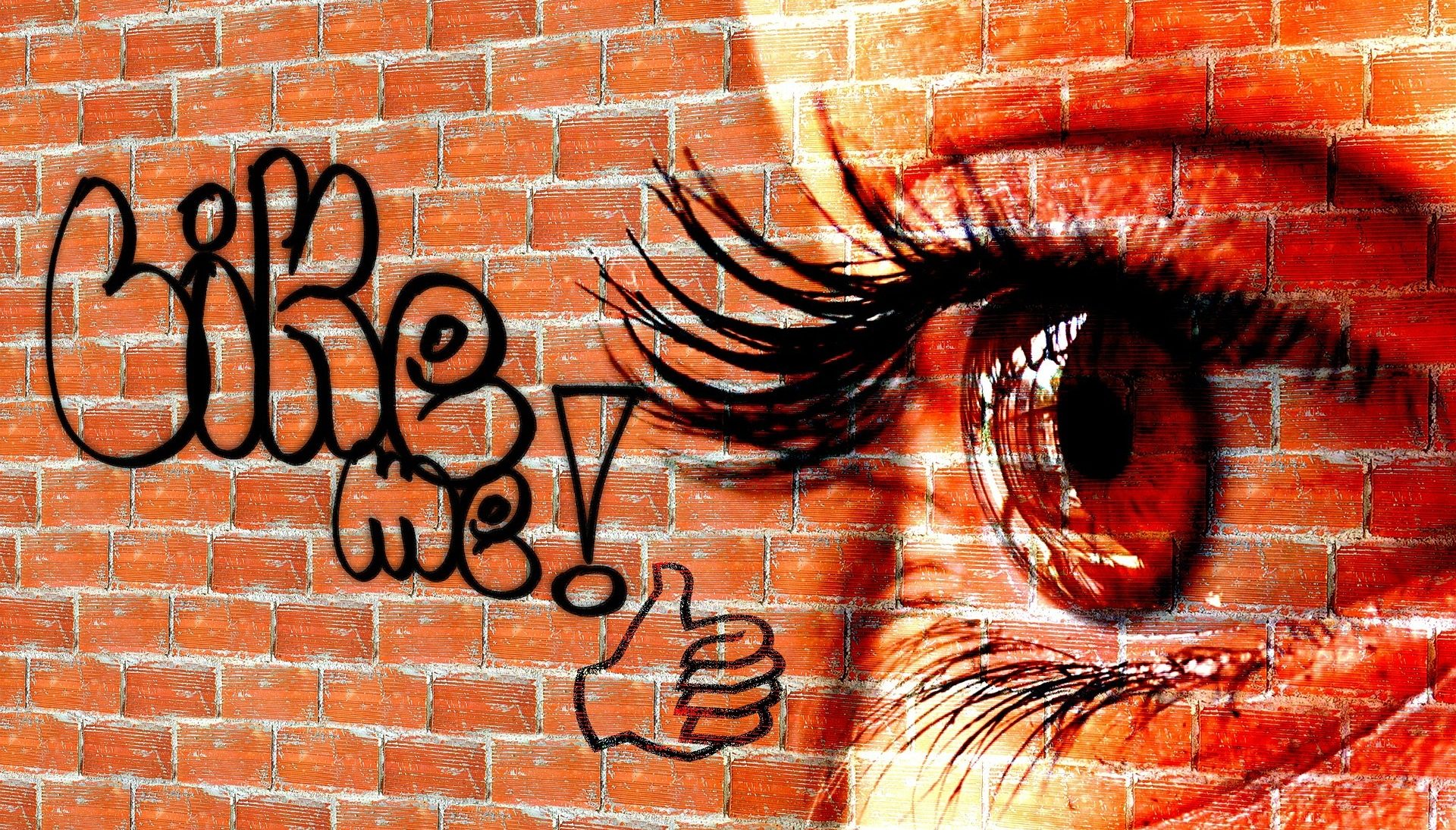The Downsides of Social Media: What are they and how can they be avoided?
We welcome Jesse Frank, an advocate for children’s online safety and digital parenting whose personal mission is to help and increase awareness for us to become better digital citizens. Jesse is also a creative content manager at KidGuard and here shares his knowledge to help parents create a healthy digital family environment.
Since the use of social media has increased exponentially among adults, so too has the use of social media grown among teenagers. So much so, in fact, that the number of teenage users has surpassed the number of adult users. Hence, parents are worried about what their children might be seeing online, especially since they often spend inordinate amounts of time on their computer and/or smartphone.

Despite the concerns, there are definite advantages to engaging in social media. These include the sharing of news, information, and one’s daily activities with friends and family. Also, social media allows teens to have access to multitudes of people around the world, discovering others who may have similar interests and create new connections.
THEN, there is ‘dark side’ to social media that parents must consider. Although social media applications like Instagram or Snapchat allow teenagers to share their daily activities with family and friends, and develop closer relationships with their peers, social media can also yield negative effects, especially in regards to body image and self-esteem.
That said, the dangers associated with social media are not limited to poor body image and self-esteem. In fact, there is also a high probability of coming into contact with online predators, cyberbullying, toxic comparisons, sleep deprivation, and less frequent face-to-face interactions, to name just a few.
The dangers associated with social media are not limited to poor body image and self-esteem.

The Downsides of Social Media
Let’s take a look at just three of the downsides of social media – “likes”, “friends”, and “those comparisons”:
- The Never-Ending Spiral of “Likes”
The need for others’ approval translates into “likes” on social media. Therefore, the more “likes” a post receives, the more “successful” the post is perceived to be. Based on that, consider the lengths one would go to in order to ensure their post is as good as possible; the best-looking images, the best filters, and the best digital touch-ups. This is turn, creates a culture where teens learn that appearance is ‘above all else’. This self-image manipulation, and its corollary effect on body image, is one of the negative effects of social media.
As a result of this, teens are under immense pressure to look their best, thereby sending them a message that they need to look as good as possible in order to be accepted by society. This is reflected in research performed by Park Nicollet Melrose Center. Therein, the data showed that the development of poor body image can start as early as 6 years old. 40% of elementary school girls and 25% of elementary school boys want to be thinner. By late elementary school, 50% of girls are dissatisfied with their weight and shape and have developed a pervasive negative body image. Project EAT reported that 19% of high school girls engaged in chronic dieting and 57% took part in unhealthy weight control behaviours.
- Not Real “Friends”
Regardless of who “they” actually are, friendships drive most of the interest in, and use of, social media. Not only does social media allow teens to feel more connected to their friends lives, but also enables lines of communication that may not otherwise exist. Charmingly dubbed “friends”, some teenagers’ social media connections will likely be people they have never actually met before – usually friends of friends. When it comes to making friends, teens sometimes take into account the popularity of their peers. This may perhaps lead to them putting aside their true friendships in order to have “cooler” friends, thus ending their friendships as easy as starting them on social media.
- Making “Comparisons”
Even with the availability of privacy settings, the first intention for teens when creating social media accounts, is to show everyone almost everything about themselves and learn about their peers. This includes the activities in which they participate, their appearance, their social relationships, and so on. Although they are aware that others, like themselves, only show the best of their photos and/or life, it remains very difficult to avoid making comparisons. From physical appearance to social relationships and life circumstances – making comparisons can lead one down a nasty spiral.
As it goes on, making such comparisons may lead to a teen feeling worse about their own life, all because of what they see on their friends social media pages. That’s why spending too much time scrolling through social media can result in poor self-esteem and poor self-body image, not to mention anxiety and depression.

Avoiding the Downsides of Social Media
It may sound simple but the best way to help a teen, who is suffering the negative effects of social media, is to communicate with them. Honest and open communication shows your teen that you are there to support them, not to judge or lecture them. Try these uplifting sentiments and help them to develop confidence in themselves:
- Teach them to prioritise themselves over others.
- Help your child to focus on their strengths over their weaknesses.
- Remind your child that his or her worth is not based on their achievements, appearance, or how many friends they have on social media.
- Ensure they remember that quality trumps quantity – every single time!
All in all, talk to your teen about the importance in utilising social media in their life. Let your teen know that not everything on social media is real and to be taken seriously. Have them disconnect at weekends and spend more quality time with them.
Let them know there is a whole world out there, with interesting things to do and see, for them to discover. The sky’s the limit (not the browser)!
Bob Brotchie is a counsellor, mindset consultant and creator of "Conscious Living by Design"™. He writes for Anglia Counselling, is featured on various other websites and introduces us to many guest writers all covering topics related to mental health and wellbeing.
Bob provides bespoke counselling services to individuals and couples in the privacy and comfort of a truly welcoming environment at his Anglia Counselling company office, located near Newmarket in Suffolk, England. Bob also provides professional online counselling, for local, national, and international clients. The therapeutic models offered are bespoke to the client’s needs, especially those in receipt of 'childhood emotional neglect' (CEN), whilst integrating a mindful approach to psychotherapy and cognitive behaviour therapy (CBT) principles. For clients experiencing trauma and/or phobia, Bob offers EMDR (Eye Movement Desensitisation and Reprocessing).
